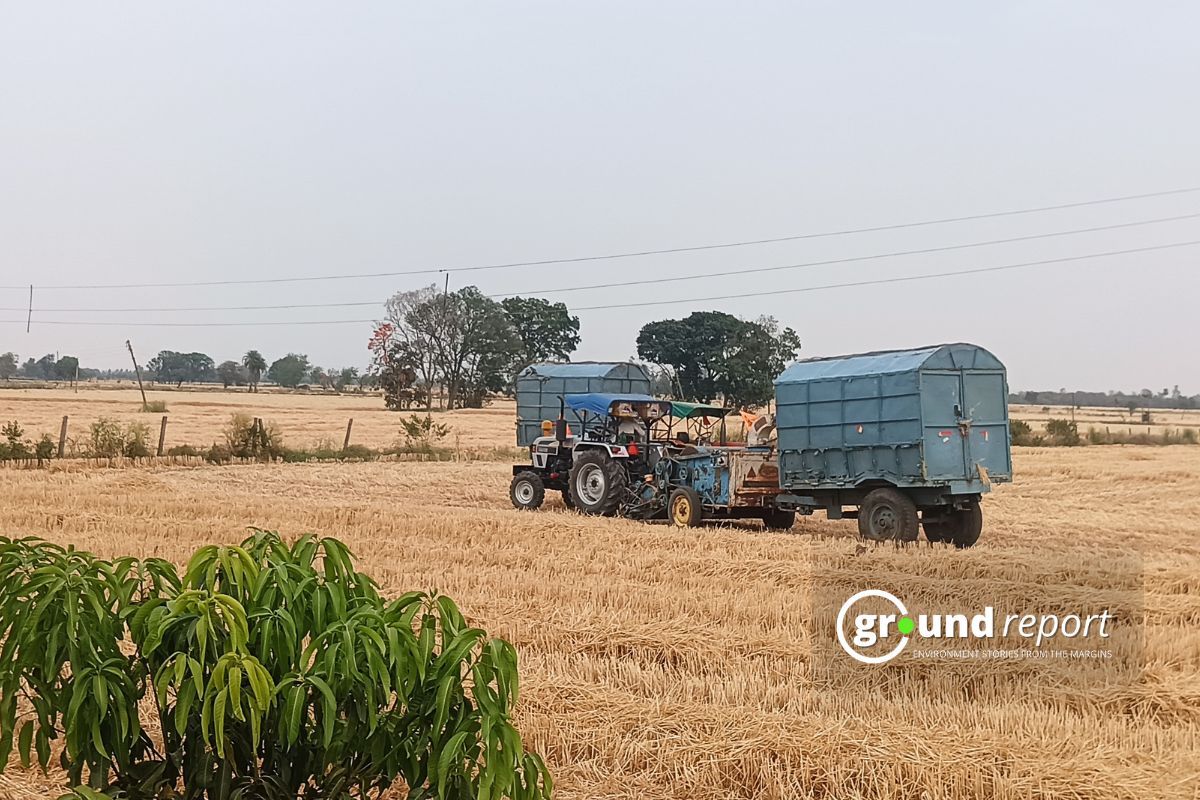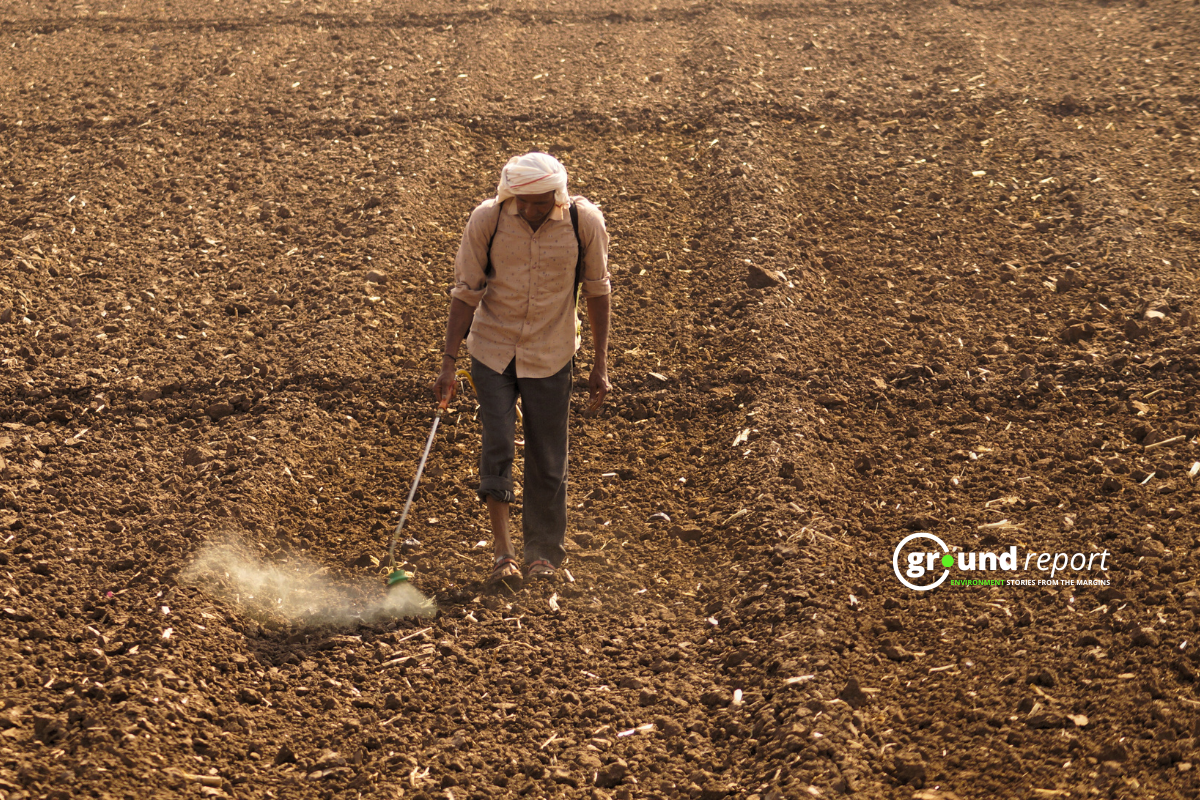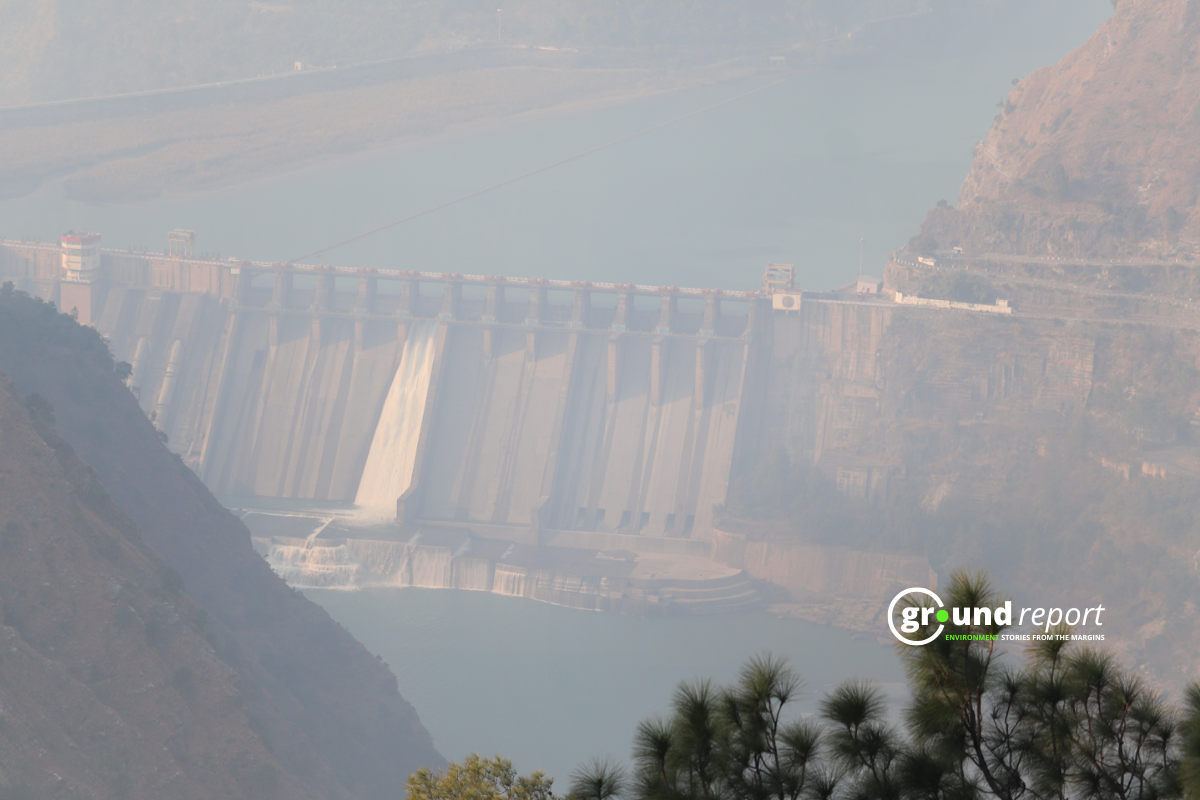Climate change is one of the major challenges of our times, and environmentally friendly habits are now adopted widely. We are trying our best to live our eco-lives, however, we are overlooking a new plastic invasion that is taking place right in our wallets.
A resolution to end plastic pollution, made at the UN Environment Assembly in Nairobi in the spring of 2022, was called historic. “Plastic pollution has grown into an epidemic. With today’s resolution we are officially on track for a cure”, stated Espen Barth Eide, the President of UNEA-5 and Norway’s Minister for Climate and the Environment. Around the same time, a few thousand miles away from Nairobi, the Bank of England issued a six-month warning over £20 and £50 paper notes withdrawal, replaced by plastic banknotes.
Growing concern over a global trend
Now, months later, the UNEA’s efforts have had no visible effect: plastic pollution is a snowball problem and the much-expected agreement on plastic hasn’t even been forged. In contrast, the Bank of England has achieved its goal of permanently replacing all paper with plastic, in the purses of locals, and keeps promoting polymer banknotes as a modern and reliable replacement for conventional cotton-paper cash.
The turn to plastic banknotes is a global trend. It is surprising not only because it contradicts states-run initiatives to combat plastic pollution: the rejection of paper itself is even more questionable. The environmentally friendly and natural material that has a proven track record of successful use over centuries is now being branded as outdated and generally unfashionable. And if we are to describe the general trend, in brief, it turns out that plastic bags should be replaced by paper ones for the sake of nature, while paper notes are ditched for plastic ones – but for the sake of what?
Polymer banknotes are claimed to be more durable and secure. However, their promoters often “forget” to study modern security printing technologies in more detail – while just a quick overview shows that hi-tech protective coatings and security elements place the conventional cash on the same shelf. The medium is important as well: it’s hardly possible to buy or produce the right kind of banknote paper, the one that gives the “it feels right” sense when you hold your cash. Industrial processes of security paper producers still remain a sealed book for strangers, to the extent that counterfeiters have to buy cheap bills (like Venezuelan bolivar) to reuse the special paper for fake bills production. Plastic money counterfeiters have it easier: all you have to do is buy freely available polymer foil and rent a commercial-grade printer, as Australian forgers did several years ago. And there’s no need to worry about watchful customers much, just say that the plastic bill is honest, only it’s a bit worn, as it happened in New Zealand back in 2021.
Speaking about wear and tear – did you know that banknotes made of traditional materials are less likely to lose their distinct look when exposed to daily life? You can fold, puncture, and slightly tear a paper bill, forget it in your pocket, wash or iron it – and still pay with it in a store. For their part, polymers won’t bear this “disrespect”: wash a plastic UK fiver and it will turn into a “phoney” bill, iron a New Zealand dollar and it will melt, or fold a Canadian dollar and it will tear. In theory, plastic may be more durable than traditional cotton paper, but practically the former requires more careful handling. Consequently, this shortens the lifespan of the cash and does not stand up to assurances of longer use. A factor that must count at a time when several central banks, such as those of Iraq and Saudi Arabia, are questioning the usefulness of having all their banknotes made of polymer.
Plastic: an environmental burden
Even more questionable is the afterlife of money after it is taken out of circulation. Both materials get a second chance to serve us – paper is turned into fuel briquettes or soil improvers, while plastic can be recycled into household items. The possibility of recycling generally counts as an advantage, but only until we trace its further path.
It takes up to 6 months for cotton paper to biodegrade, while the figure stands at no less than 500 years for plastic – and that’s why, when considering recycling, we have to take into account the biodegradation time of things made from secondhand materials. If a brand-new paper note lands into a landfill, it will disappear in half a year. A recycled plastic item will outlive our grandchildren.
Another sustainability feature is the original material. The cotton substrate used in paper notes is made from cotton combings, a by-product of the textile industry. The fibers lack qualities necessary for textile production, but they are a perfect fit for banknotes, further recycling – and for the “leave no waste” green agenda. Banknote polymer, on the contrary, is virgin, that is, newly made, and it turns out that we produce more plastic to later scratch our heads about where to put the waste afterwards and how to tackle the contamination problem.
Plastic pollution, which was a big problem before 2020, has ballooned into a real environmental disaster just months after the COVID-19 pandemic began. Plastic settles in soil, floats in the ocean – and releases dangerous substances into the environment. Recycling is not the answer, because not only does it not eliminate plastic from the environment, but recycled plastic products can be even more dangerous. The use of this material can be justified to some extent – for example, in medicine, where no suitable alternative has yet been found for some items. However, replacing a natural material with a harmful and dangerous one, which also has questionable conveniences, should happen for good reasons, perhaps better ones than the supposedly longer life, recyclability, and new glossy look.
Incidentally, a few years ago two of the world’s most famous central banks, which control the dollar and the euro, two of the world’s most popular currencies, made it clear that they had no intention of switching to polymer banknotes. Stated reasons vary, but behind all of them, there is an obvious reason – the real price of using plastic is much higher than the face value of all polymer money issued in the world.
The introduction of plastic notes contradicts the stated eco-friendly course and carries risks far greater than counterfeiting or other mundane reasons. Fortunately, most of us still have time to notice and address the obvious conflict between the pursuit of living on a clean planet and using environmentally harmful substances where there is a natural and more eco-friendly option.
Keep Reading
- Why Recycling plastic is practically impossible?
- Bhopal’s ineffective single-use plastic ban!
- No Proposal to expand single-use plastic ban: Govt
Follow Ground Report for Climate Change and Under-Reported issues in India. Connect with us on Facebook, Twitter, Koo App, Instagram, Whatsapp and YouTube. Write us at GReport2018@gmail.com










